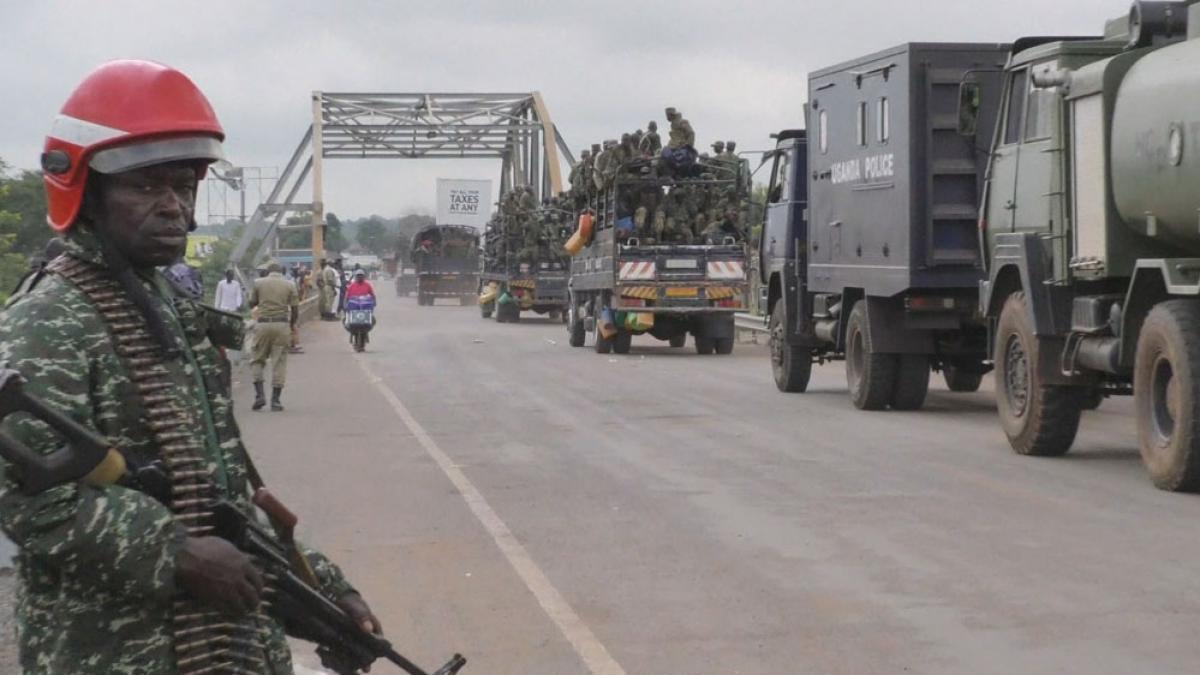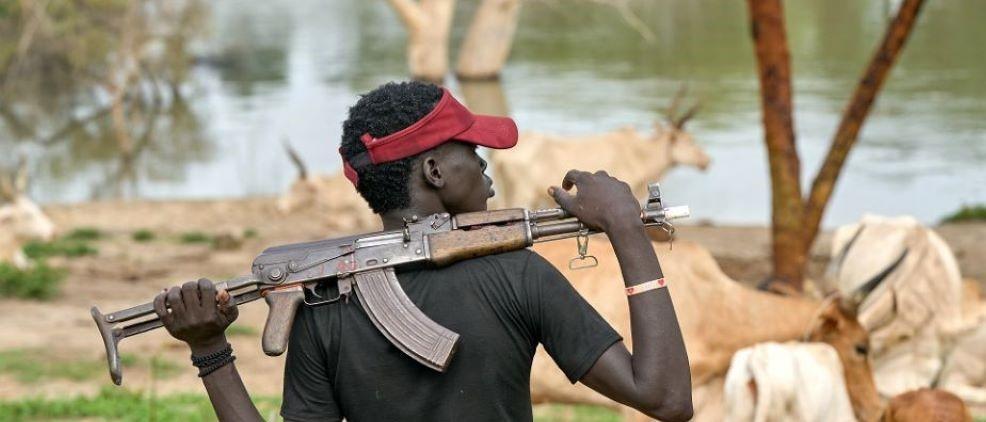By Faridah N Kulumba
Africa-Press – Uganda. Recently Uganda’s army evicted South Sudanese pastoralists owning over 5,300 head of cattle who illegally settled in Northern Uganda. According to the Uganda People’s Defense Forces (UPDF) this group of Dinka pastoralists have been illegally grazing livestock inside the Atiak Sugar Factory since 2022. Uganda security officials said that the Dinka herders crossed into Uganda with their herds in 2022 due to escalating insecurity in South Sudan and had since then settled on Atiak Sugar factory land. The expulsion took place under the president of Uganda’ Yoweri Kaguta Museveni’s Executive Order Number 2 of 2025, which mandates the removal of all cattle illegally grazing in northern Uganda. The operation that was conducted by a joint security team in Amuru and led by Deputy Resident District Commissioner Proscovia Acham, took place between 7 and 8 July 2025.
The move
According to the sugar plantation official on July 7 that 2,580 cattle were moved on the first day and another 2,815 on the following day. And then the Dinka herders were escorted out of the plantation land and taken to the Uganda-South Sudan border by UPDF soldiers from the 63rd Battalion under the 4th Infantry Division. In the past year, Uganda and South Sudan have been having border conflicts. In a few years these conflicts will become history following the announcement made by the officials from both governments in December 2024 that the border demarcation between the two countries is expected to commence in 2027. This followed Uganda’s Chief of Defense Forces and Senior Presidential Adviser for Special Operations Gen Muhoozi Kainerugaba holding talks with his South Sudan counterpart Gen Santino Deng Wol. The meeting happened just a few weeks after Ugandan Members of Parliament (MPs) called for the fast-tracking of the joint border demarcation with South Sudan to address the ongoing security challenges in the northeast of region Uganda.
Some factors contributing to South Sudanese illegal settlement in Uganda
Uganda is one of the East African countries that hosts a large number of South Sudanese refugees. Surprisingly some Dinka’s are reportedly engaging in illegal settlement and border crossings due to several reasons: –

Border conflict- Uganda and South Sudan have been having border disputes for years. This is attributed to lack of defined borders, and this leads to disputes over land and grazing areas. Also, historical land claims and shifting patterns of land ownership further complicate the situation, contributing to illegal grazing as herders from South Sudan may believe they have a right to graze in certain areas.There have been several border clash incidents in the past that have seen parts of Gwere village in Lefori Sub- County, Moyo District become a contested area, with the South Sudan government claiming it as their territory. The constant clashes and attacks on the village forced the President Museveni and his South Sudanese counterpart Salva Kiir to visit the area on November 28, 2009. The two leaders agreed that no activities would take place there until the border demarcation is completed. The conflict also affects areas of the Yumbe District. Uganda and South Sudan border disputes especially in the area of Lamwo, Nimule, Kajo-Keji, and Moyo have been a longstanding issue that has escalated into violence and conflict since 2014. Instability – Ongoing conflict and displacement in South Sudan can disrupt traditional grazing patterns and force herders to move with their cattle, sometimes into Uganda.
The insecurity and displacement can also lead to a breakdown in social structures and governance, making it more difficult to manage grazing and enforce border regulations. Luck of resources- South Sudanese pastoralists have faced significant challenges related to resource scarcity, including drought, flooding, and conflict, which can impact grazing land and water resources. This scarcity can force herders to seek grazing areas in neighbouring countries like Uganda, even if it means crossing the border illegally. Lack of security- the issue of limited resources and capacity for border patrols and law enforcement in both Uganda and South Sudan can make it difficult to prevent or deter illegal grazing.
Effects of Dinka’s illegal settlement
The statement made by Atiak Sugar Project spokesperson Leonard Komkech said the presence of cattle keepers on factory land has hindered operations for the past three years. He noted that during the dry season, when grass is scarce, the herders would graze their cattle on the young sugarcane, which is irrigated. The factory’s management has estimated that between 8,000 and 10,000 herds of cattle were being illegally grazed within the Atiak Sugar plantation by both Dinka and other herdsmen. Atiak Sugar Factory has a total of 25,000 acres of titled land acquired by the Government, of which 5,000 acres have been planted with sugarcane. The factory hopes that with the current eviction of unauthorized cattle keepers from the plantation, the damaged cane will recover, and they anticipate resuming sugar production by late 2026 or early 2027.
For More News And Analysis About Uganda Follow Africa-Press






